Biblio File
12 Pre-Tolkien Fantasy Novels to Try

Although they have been remarkably influential in its development, J.R.R. Tolkien’s The Hobbit, published in 1937, and The Lord of the Rings, published in 1954, were not the start of the genre of modern fantasy literature. As far back as the middle of the nineteenth century, authors were writing fantasy novels, each with a unique flavor. Here are a few recommendations of pre-Tolkien fantasy to explore, all of which are available as e-books through the NYPL catalog.
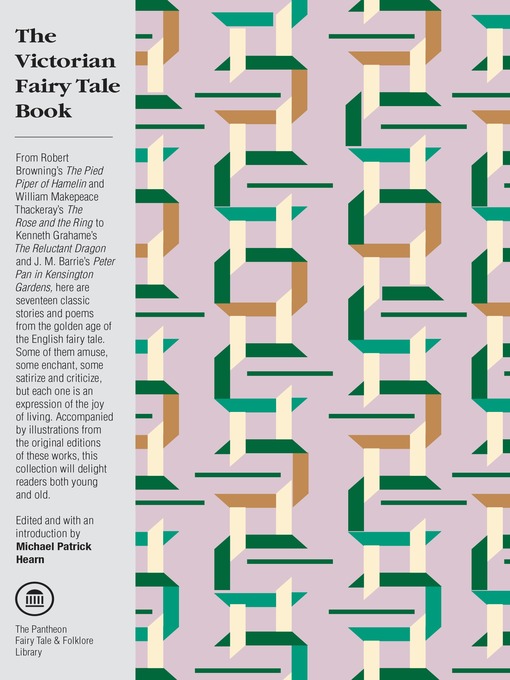
The King of the Golden River
John Ruskin’s The King of the Golden River (1841) is considered by many to be the start of the modern fantasy genre. Its form is that of a traditional fairy tale—two evil older brothers who fail at a task, and the good-hearted younger brother who succeeds—and is a fable of the dangers of greed and cruelty. It can be found anthologized in The Victorian Fairy Tale Book edited by Michael Patrick Hearn.
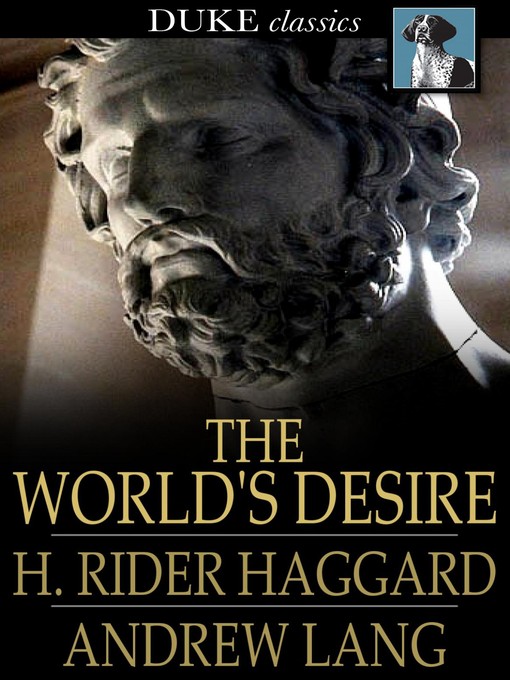
The World's Desire
In 1890 H. Rider Haggard and Andrew Lang collaborated on The World’s Desire. Although Haggard is better known as the author of adventures stories, usually set in Africa, and Lang is best known as a collector of fairytales for children, this is the story of the final voyage of Odysseus as an old man, in search of Helen of Troy. Instead he finds an evil Queen and her brother/husband the pharaoh, and a nest of treachery.

The Wood Beyond the World
William Morris was a prolific fantasy writer (as well as designer and social activist) from his first published work in 1856 to his death in 1896. In 1894 he published The Wood Beyond the World, one of his attempts at a revival of medieval romances, written in a deliberately archaic style. It involves a wandering adventurer and the captive maiden he rescues from an evil enchantress.
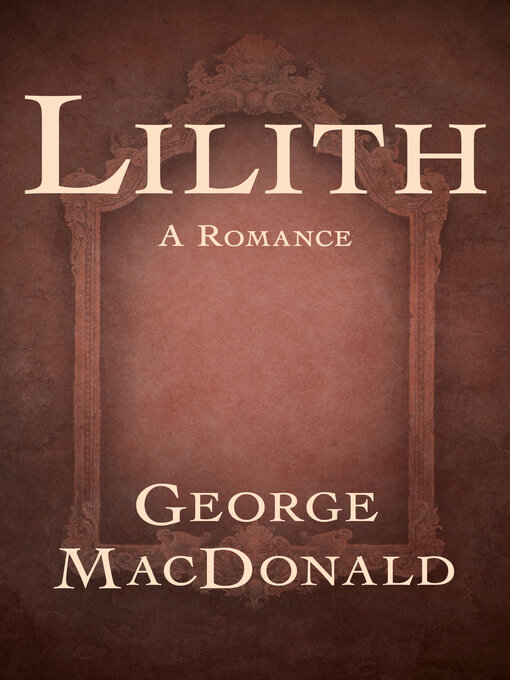
Lilith
The Scottish writer and minister, George MacDonald, was also a prolific fantasy author. His work frequently contained Christian allegory. Lilith, published in 1895, is darker than most of his work about sin, life, death, and salvation. Vane, a librarian in a haunted library, enters a parallel world in which he must bring healing to ensorcelled children.
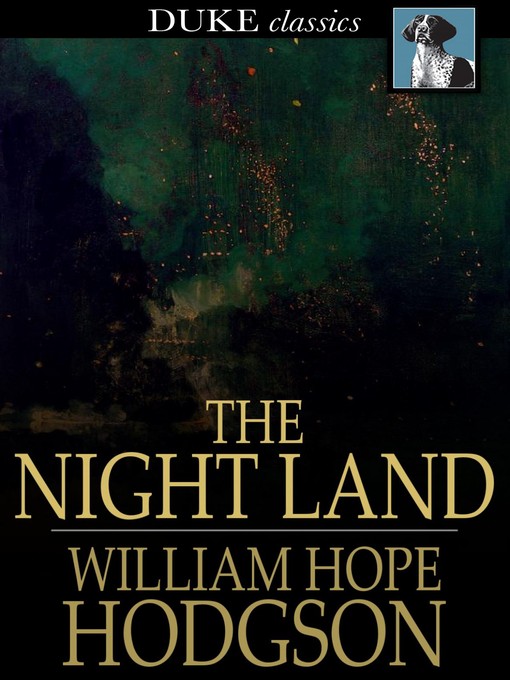
The Night Land
More commonly remembered as a writer of horror, William Hope Hodgson also wrote fantasy. In 1912 he published The Night Land, a forerunner of the subgenre of far future “dying earth” stories. The style is unusual, using little dialogue or proper names. The story involves the last survivors of the human race on a decaying, sunless earth, and the quest of one man to find the reincarnation of his lost love.
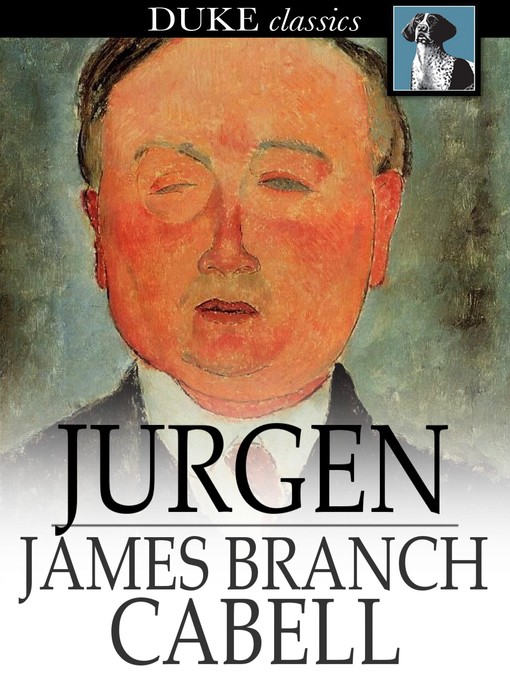
Jurgen: A Comedy of Justice
In 1919 James Branch Cabell published Jurgen: A Comedy of Justice, a racy, satiric story of a man’s journey through the cosmos in search of courtly love. The publisher was prosecuted for obscenity by the New York Society for the Suppression of Vice, but the Society lost their case after a two-year battle. Jurgen is considered a landmark in the development of comic fantasy.
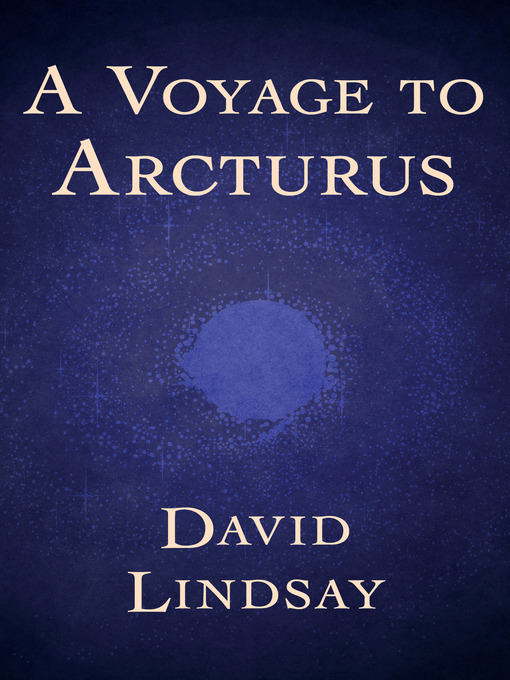
A Voyage to Arcturus
A Voyage to Arcturus, 1920, by David Lindsey is in the form of a science fiction/fantasy but is more a critique of various schools of philosophy. Maskull takes a trip to explore the planet Tormance, and there learns of the creation of the universe, and his own death.
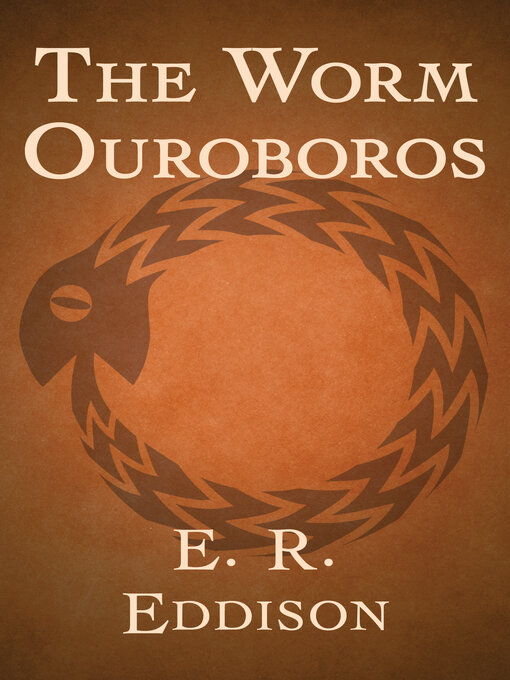
The Worm Ouroboros
In 1922, E.R. Eddison published The Worm Ouroboros, a heroic high fantasy story of the wars between Witchland and Demonland. Eddison was a friend of J.R.R. Tolkien, who regarded his work highly. The title refers to the symbol of the snake that eats itself and has no end, and the story itself has the theme of repetition and cycles.

The King of Elfand's Daughter
One of the most highly acclaimed works of early fantasy, The King of Elfland’s Daughter by Lord Dunsany, published in 1924, tells the story of the love between mortal Prince Alveric, and Lirazel, the King of Elfland’s daughter, and the trials and tribulations that beset them until they can be together.
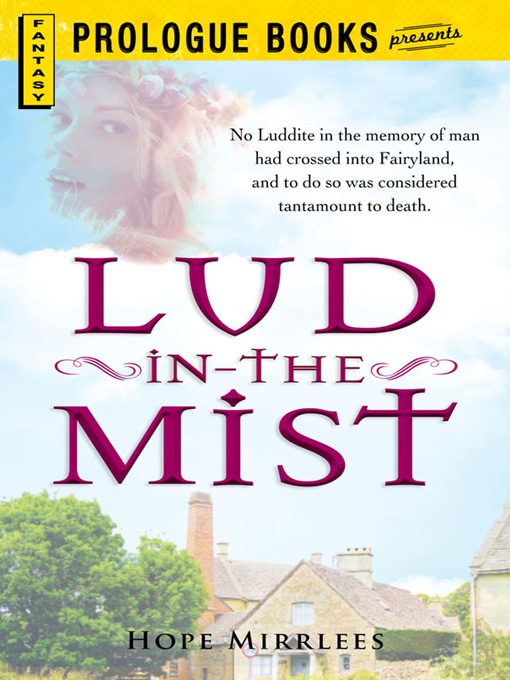
Lud-in-the-Mist
In 1926, Hope Mirrlees wrote her third novel and only fantasy, Lud-in-the-Mist, carrying on her themes of life and art, and their relationship. The prosaic and mundane town of Lud-in-the-Mist is faced with an influx of illegal fairy fruit, and its mind altering effect on the populace. The story is also a “whodunit” as Mayor Nathaniel Chanticleer seeks to find the source of the dangerous and illuminating substance, and finds himself being pulled into another role.

The Dream-quest of Unknown Katath
Although published posthumously in 1943, H.P. Lovecraft’sThe Dream-quest of Unknown Kadath, anthologized in The Dream Cycyle of H. P. Lovecraft, was written in 1927. Lovecraft is known best for what has become known as “Lovecraftian” horror, eldritch and chthonic entities, ancient malevolent beings, and mindbending vistas of space and time, and there is plenty of that in the quest of Randolph Carter as he searches through the Dreamlands for Kadath, where the gods of Dreamland dwell. But there is also beauty and majesty and adventure. And cats. Lots of cats.

The Virgin and the Swine
Lastly, published in 1936, the year before The Hobbit, Evangeline Walton’s The Virgin and the Swine (later retitled The Island of the Mighty after its republication in 1970) is a retelling of the Welsh myth of Math, the son of Mathonwy, and others in his family, as told in the Fourth Branch of the Mabinogion. It is available anthologized inThe Mabinogion Tetralogy.
Although by no means an exhaustive listing, these twelve books give a taste of what fantasy was like before the arrival of J.R.R. Tolkien onto the literary scene. Why not try a few for a different view of fantasy!
Have trouble reading standard print? Many of these titles are available in formats for patrons with print disabilities.
Read E-Books with SimplyE
 With your library card, it's easier than ever to choose from more than 300,000 e-books on SimplyE, The New York Public Library's free e-reader app. Gain access to digital resources for all ages, including e-books, audiobooks, databases, and more.
With your library card, it's easier than ever to choose from more than 300,000 e-books on SimplyE, The New York Public Library's free e-reader app. Gain access to digital resources for all ages, including e-books, audiobooks, databases, and more.
If you don’t have an NYPL library card, New York State residents can apply for a digital card online or through SimplyE (available on the App Store or Google Play).
Need more help? Read our guide to using SimplyE.
Comments
Thank you for these wonderful
Submitted by JOHN SWARTZ (not verified) on August 7, 2021 - 11:57pm
Excellent Selections
Submitted by Matthew (not verified) on September 12, 2021 - 9:46am
No 'The Princess and the
Submitted by Guest (not verified) on September 17, 2021 - 7:00pm